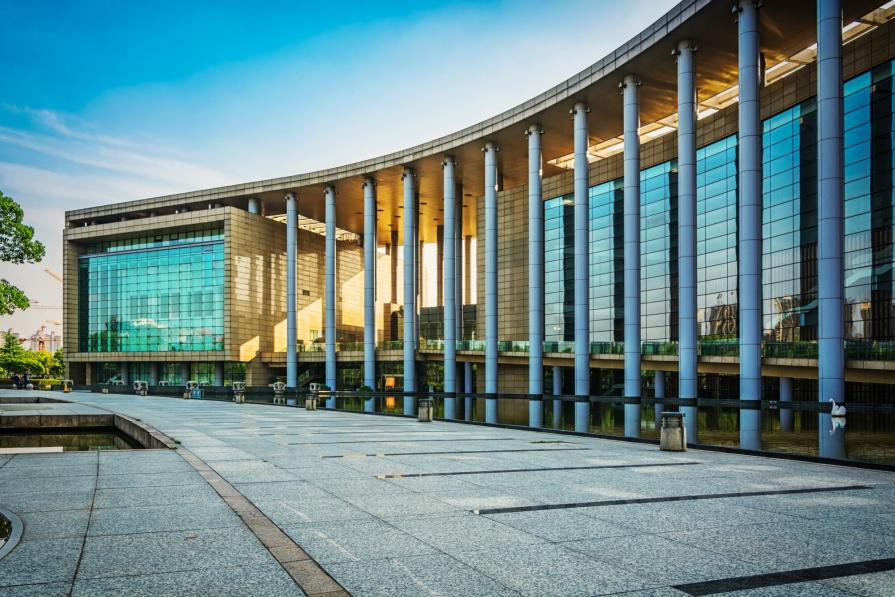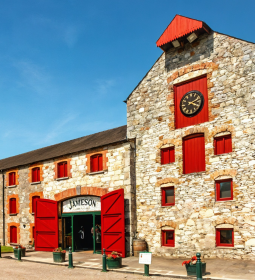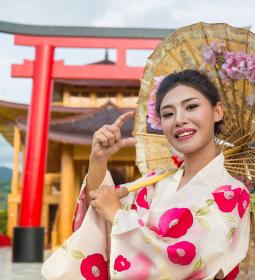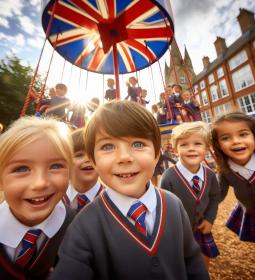When it comes to elite educational institutions, many people imagine something like Hogwarts: within ancient walls steeped in history, young heirs to famous dynasties study complex sciences, inherit the traditions of their ancestors and acquire connections that will one day change the world. All this to the melody of the school bell and the rustle of the pages of thick books. But how does life really work in such schools? Why have they remained a magnet for the world's elites for centuries?
Education as a Way to Transmit Heritage
For representatives of noble families, education is not only a way to knowledge, but also a tool for strengthening social status. Graduating from a prestigious school for young aristocrats and future world leaders is like symbolically receiving the baton from great ancestors. These are schools where the walls are covered with plaques with the names of famous graduates, and the traditions are such that even the new generation does not think of leaving these frameworks.
Studying in such places is also an opportunity to communicate with "equals". The children of diplomats, monarchs, oligarchs and celebrities make connections that grow into friendships, partnerships and alliances, preparing for their future role not only in the academic, but also in the political, business or cultural field.
A simple surname will not open the door
It is difficult to enter such schools, even if you have a famous surname and have a multimillion-dollar fortune. Both academic success and something more are required - talent, leadership qualities, language skills.

- For example, Institut Le Rosey in Switzerland: to become its student, an applicant must speak at least two languages, because education there is conducted in French and English at the same time.
- At the Lawrenceville School in New Jersey, the potential of high school students for leadership and their ability to think outside the box is assessed at the interview stage. The life of students here is organized in such a way that each step helps to develop key competencies: debates, sports, seminars and project work.
What Is Behind the Gloss: Key Schools That Form the Elite
Institut Le Rosey, Switzerland: School of Kings
On the picturesque shores of Lake Geneva hides one of the most expensive schools in the world, where the heirs to the thrones, representatives of the Rockefeller and Rothschild dynasties, politicians and stage stars studied. A feature of Le Rosey is the annual "relocation" to the resort of Gstaad, where students study and ski. In addition to languages, arts and sports are a must.
Eton College, UK: The Cradle of Prime Ministers
Founded in the 15th century, the school boasts 20 British prime ministers among its alumni. Once upon a time, Eton students enrolled their sons in this educational institution right from the moment of birth! Today, the requirements have become stricter, and studying is available only to those who have passed a rigorous exam.
Choate Rosemary Hall, USA: Talent Forge
Located in Connecticut, the school makes a strong emphasis on creative and scientific development, which is why Choate graduates are politicians, Nobel Prize winners, and film stars. A special feature of the school is its broad academic freedom: here you can study not only mathematics or chemistry, but also the art of debate or oriental studies.

Institut auf dem Rosenberg, Switzerland: Pestalozzi's philosophy
The school, which has existed for almost 100 years, embodies the philosophy of the Swiss pedagogue Johann Pestalozzi: "Education should teach you to live." This calm and secluded place is distinguished by an emphasis on an individual approach and confidentiality - graduating future eminent businessmen, artists and scientists from its walls, it avoids excessive publicity.
Harrow School, UK: "Churchill School"
This school turned 450 years old in 2022. In its famous "gentlemanly" halls, not only outstanding orators are born, but also those who raise the British flag to the heights of the world. An interesting detail: football is still played here according to unique "harrow rules", and students are distinguished by blue jackets and straw hats. 7 British prime ministers, 5 Arab monarchs, famous British writers and actors graduated from the school.
Lycée Louis-le-Grand, France: Alma Mater of Nobel Laureates
This is a state lyceum, where future politicians, writers and artists receive free education. Victor Hugo, Robespierre and Emmanuel Macron are just some of the graduates who remind us that a successful path does not always begin in private.
The Mystery of Elite Schools
Each of these schools is unique in its own way: some focus on educating future leaders in politics, while others develop universal personality traits. But they all have one thing in common – the understanding that learning should not be limited to textbooks, it includes personal development, communication skills and cultural richness.
Whether it's a mountain view outside the window or ancient halls in the spirit of the Victorian era, the future of politics, business, science and art is hidden behind every doorway. It is not surprising that representatives of the elite pass on their traditions here, leaving these schools with the status of places where past, present and future are intertwined.













